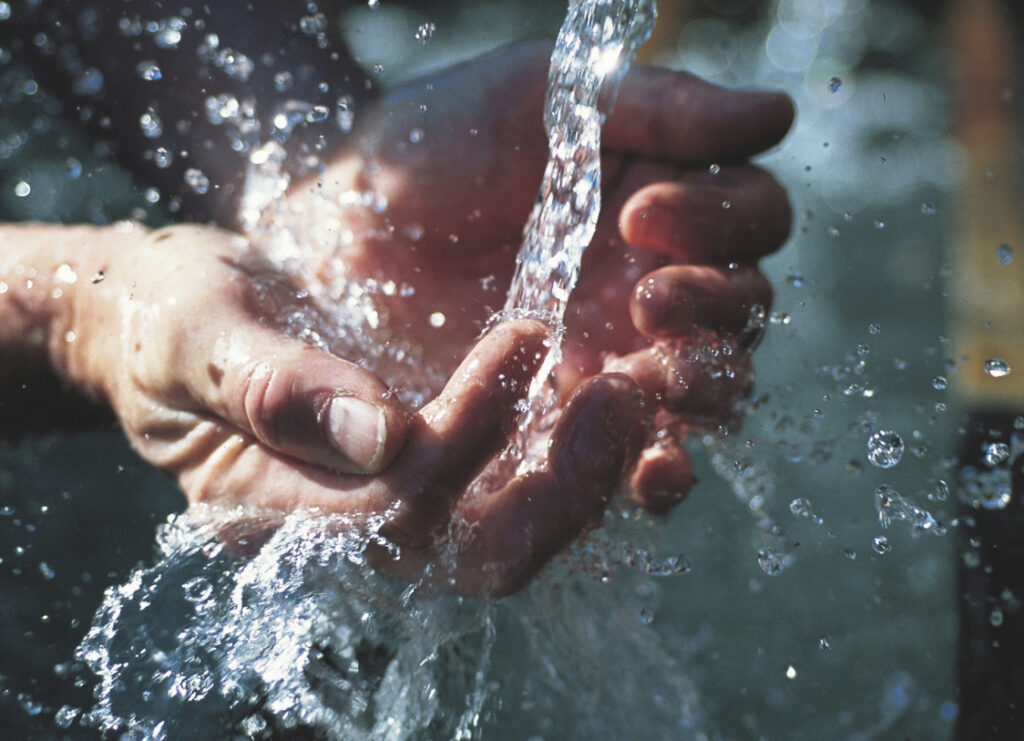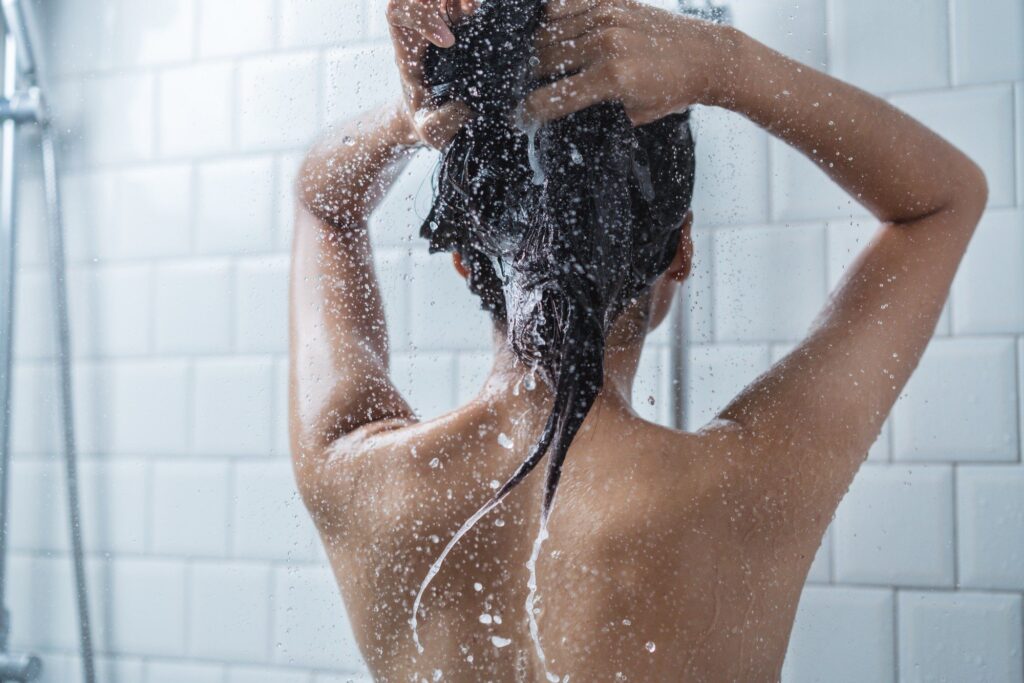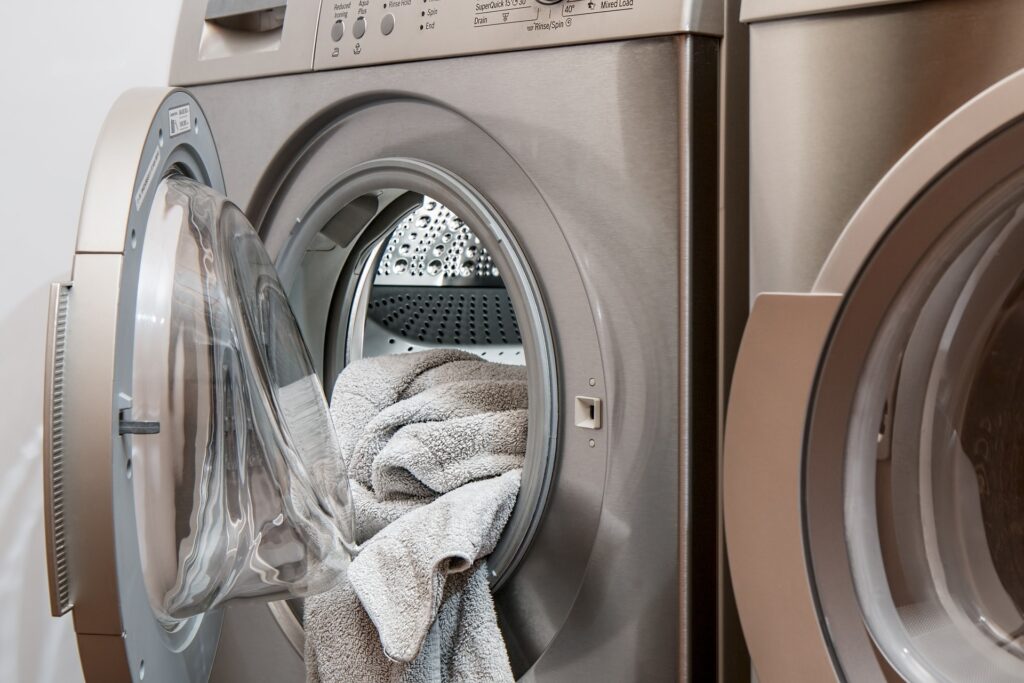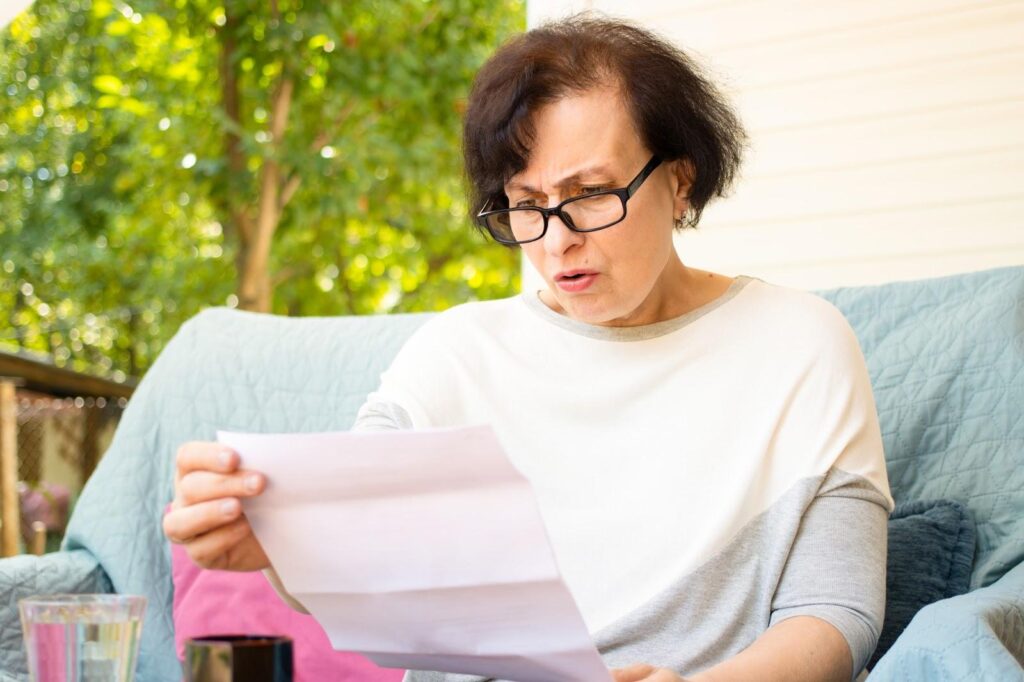
The vital yet often underestimated role of water is felt deeply in every corner of our lives. From our morning rituals to the food on our table, water is indispensable. However, with escalating climatic changes and dwindling resources, an increasing pressure is placed on our water supply. This, coupled with growing demand, necessitates a pressing need for thorough water conservation. The truth is, every drop saved counts in preserving this vital resource.
Sydney, renowned for its picturesque harbor and iconic landmarks, is not immune to these issues. In fact, the recent history of extreme weather events ranging from intense storms to extensive droughts has highlighted the city’s water risk, providing ample evidence of the ever-changing and unpredictable nature of our climate. Given this uncertainty, it is clear that there is a growing need for efficient, practical measures for water conservation in Sydney’s households. This comprehensive guide aims to equip each household owner with detailed strategies, modifications and tips to ensure effective, long-lasting reduction in water usage.
Table of Contents
Understanding the Value of Water in Sydney
Situated on the East Coast of Australia, Sydney experiences variable rainfall. This means the availability of water is often marked by spells of scarcity interspersed with periods of abundance. In spite of the measures employed to manage this vital resource, the reality of water scarcity during drought remains at the forefront of city-wide resource concerns.
Sydney’s approach to water pricing is such that consumers are billed according to their water usage. The charges pivot around the ‘user pays’ principle, meaning the greater the water use, the heftier the bill. This makes understanding water charges in Sydney an essential part of any household’s financial plan.
That being said, the acquisition of knowledge regarding water-usage isn’t merely about curtailing excessive water bills. Instead, it is about fostering a mindful relationship with this resource and harnessing habits that promote sustainable usage. Water is deeply entrenched in our everyday life, economical functions and environmental health. It is incumbent upon us to steward this resource carefully, as misuse can have far-reaching consequences, such as escalating living expenses and damaged ecosystems.
Sydney is also home to numerous successful water conservation initiatives. These serve as solid proof of the powerful impact that collective action, combined with infrastructure development and meaningful policy, can exert on water usage habits. They serve as stories of hope and encouragement, reminding us all that the effort required to make a difference is within our grasp.
Minimising Water Usage in Daily Routines

Source: stsrlservizi.it
Let’s start with a closer look at how we use water on a day-to-day basis. Considering our morning routines, we begin the day with water, whether it’s brushing our teeth, making coffee, or taking a shower. Which means minimising water usage should start as soon as we wake up.
One small yet impactful change is turning off the faucet while brushing. Doing this simple act every day could save a significant amount of water over a year. Similarly, limiting the time we spend under the shower can drastically reduce the amount of water used. If you find you’re waiting a while for the water to heat up before your shower, consider collecting that initially cold water and using it for tasks like watering plants or washing dishes.
On the subject of washing dishes, an inefficient, water-guzzling dishwasher can be a significant contributor to your water bill when not used wisely. When doing dishes, consider if you can use a filled sink instead of a half-full dishwasher and you could save litres of water in a single cycle. If you do find yourself needing to use a dishwasher, try to ensure a complete load every time – this can maximise the water used and over time, the savings can be considerable.
Additionally, habitual checks for leaks in the various hoses and taps can avert a tremendous waste of water in the long run. This is especially important if there’s a drip that has gone unnoticed for some time. A leaking tap can waste over 20,000 litres of water in a year – imagine that, it’s equivalent to leaving a tap running for over a week!
Most importantly, creating an environment of water conservation at home extends to educating the young residents too. Fostering an understanding about the value of water in children is an investment towards the future. Simplified explanations, encouraging water-saving habits through games, and rewarding lesser water usage are ways in which children can be educated about water conservation.
Water-Saving Techniques for Washing and Bathing

Source: allthingshair.com
Commonly, a substantial fraction of domestic water consumption goes into washing and bathing. It’s here that smart water-efficient practices can hugely impact overall water use. Swapping long, leisurely baths for quick showers can save hundreds of litres of water. If you prefer baths, make it a special treat and try to ensure the tub isn’t overflowing with water.
Moreover, showerheads represent an easy, everyday opportunity to conserve water. Low-flow showerheads are an excellent investment as they provide the same amount of pressure but use much less water. Similarly, dual-flush toilets can be valuable additions to your bathroom to save water without impacting convenience.
When it comes to washing clothes, it’s beneficial to follow some simple, yet effective rules. Only wash full loads, use the economy mode where available, and use cold water whenever possible. You’d be surprised how much water and energy can be saved with these minor alterations to your washing routine.
Responsible Gardening for Water Conservation
Gardening, a favourite pastime for many Sydney households, is another area where conscious decisions can lead to big water savings. Watering your garden during the cooler parts of the day, usually early morning or late evening, can reduce the rate of evaporation, so more water gets to where it’s needed – the roots of your plants.
Furthermore, the choice of plants can significantly influence water usage. Opt for water-efficient species and native Australian plants that thrive in local climatic conditions. Overtime, such gardens require less water to maintain compared to lavish, exotic varieties.
Mulching the garden is another winning tip, which helps retain moisture, reduces weed growth, and adds nutrients to the soil. Similarly, considering a drip irrigation system over sprinklers, and rainwater capture systems can assist in making robust water conservation systems.
Upgrading to Water-Efficient Appliances

Source: gilliesgroup.com.au
Consider upgrading your older appliances with water-efficient models. Dishwashers, washing machines, showerheads, toilets and tap fittings all come in water-efficient models which are designed to reduce water consumption significantly.
While they may be a bit more expensive initially, water-efficient appliances are an investment that pays off in the long term through lower utility bills. Another significant advantage is that they not only cut down on water waste, but energy waste as well, since less energy is needed to heat smaller amounts of water.
When investing in water-efficient appliances, it’s best to look for the ‘Water Efficiency Labelling and Standards (WELS)’ rating. The WELS rating gives an accurate indication of an appliance’s water and energy efficiency, assisting you in making a well-informed choice suited for your household’s needs.
Conclusion
With the current strain on our water systems, it’s more important than ever that Sydney households adopt the necessary practices to become more water-efficient. By implementing these adjustments and strategies, your household will not only contribute significantly to water conservation efforts but also see substantial reductions in water bills in the long run.
Remember, every step towards water conservation counts. Let’s continue with our focused efforts on water conservation and contribute towards preserving this life-giving resource. Recognise the importance of each drop and do your part in our collective journey towards a water-wise city that we can be proud of. Our seemingly small actions, when taken together, can culminate in a huge leap forward towards sustainable water use in Sydney.








